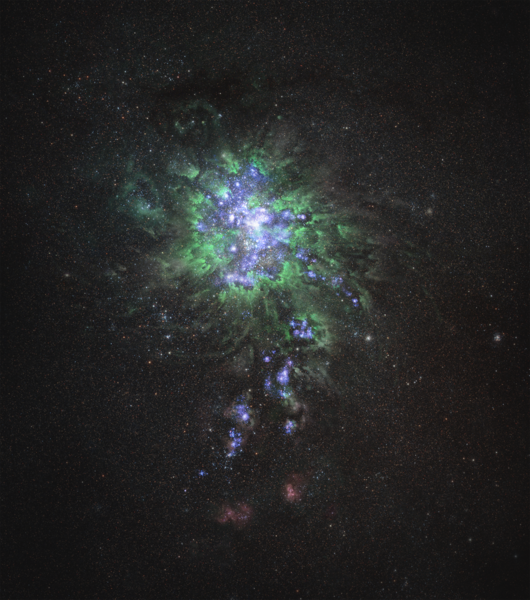Exploring the Wonders of the Early Universe: Green Pea Galaxies and Light Flux
(1) St. Paul Academy and Summit School, St. Paul, Minnesota, USA, (2) University of Minnesota, Minneapolis, Minnesota, USA
https://doi.org/10.59720/21-039
"Green Peas" are a unique set of galaxies characterized by low mass, low density, and high star formation rate. These properties are shared with Lyman alpha emitters, one of the first types of galaxies that existed in the early universe and played a role in reionization, a phase in the early evolution of the universe that is not well understood. Investigating the properties of Green Peas would improve the Lyman alpha emitters and their contribution to reionization because they are easier to see and measure. This project examines the light flux distribution emitted by Green Peas, separating the light from the stars and the surrounding gas. An algorithm implemented in Python was used to extract images of 80 galaxies from the Sloan Digital Sky Survey database and create images of the components produced by stars and oxygen gas. These images were used to make plots of Flux vs Distance from the center of each galaxy to show the regions from which the two components were emitted. The results show that the stars and the oxygen gas emit light from the same locations within the galaxy, hence providing new insight into the role of Lyman alpha emitters in reionization.
This article has been tagged with: